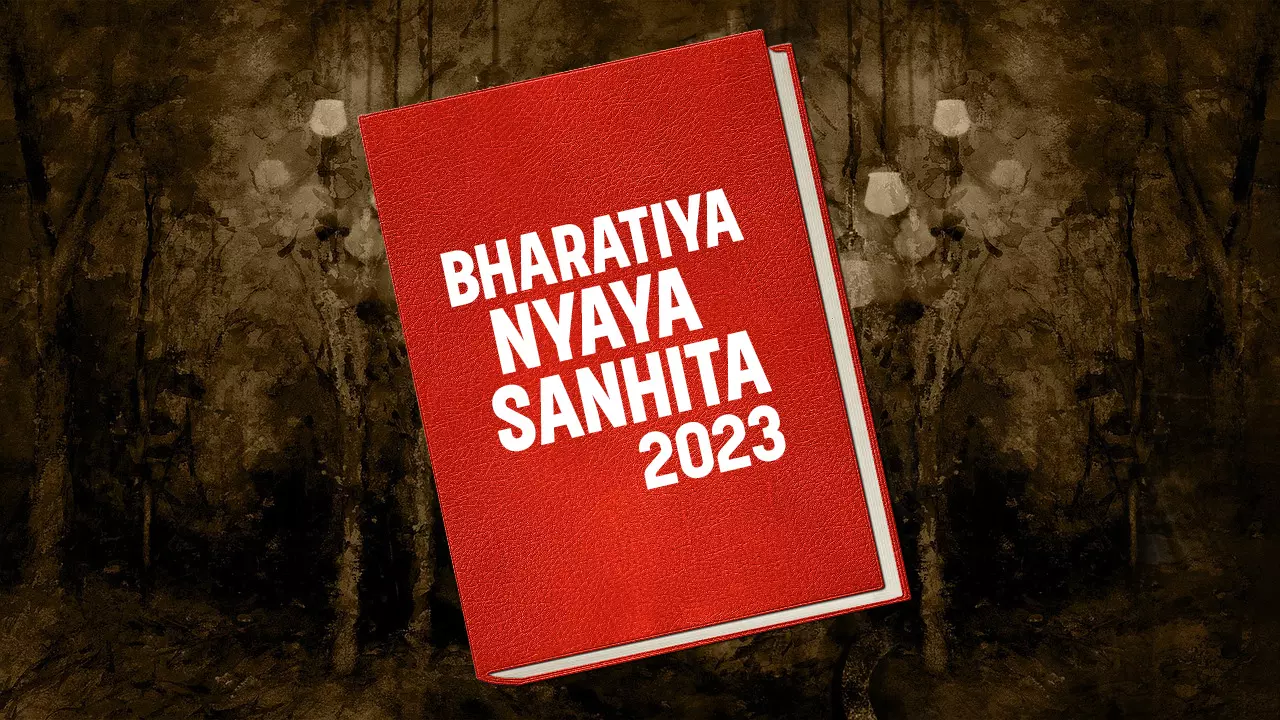New Path For Section 85 BNS Reform


Section 85 of the Bhartiya Nyaya Sanhita, 2023 (corresponding to the earlier section 498A of IPC) deals with instances of cruelty committed against married women in their matrimonial house by the husband or his relatives. However, over the years, it has become one of the most litigated and debated provisions in criminal law, with courts grappling to curb its widespread misuse without undermining its protective purpose. As per RTI data from five Delhi district courts, of 9,950 section 85 of BNS trials between 2021 and 2024, only 23 (0.2%) ended in conviction, while nearly 47% were quashed and another 736 resulted in acquittal. This data underscores the urgent need for reform.
In this context, the recent Supreme Court judgement in Shivangi Bansal v Sahib Bansal (2025 LiveLaw (SC) 735) becomes essential as it endorsed the guidelines framed by the Allahabad High Court in the Mukesh Bansal v State of UP (2022 LiveLaw (AB) 294) judgment for constituting a Family Welfare Committee and ordered the implementation of those guidlines. In Mukesh Bansal’s judgment, the Allahabad High Court acknowledged this section’s rampant misuse and laid down some guidelines for forming a committee that will work on the pre-litigation stage.
Historical background and legislative intent of section 85:
Prior to introduction of this provision in 1983, there were no as such provisions that dealt with cruelty against married women in matrimonial houses. Although dowry prohibition act, 1961 existed but it largely confined itself to penalising exchange of the dowry and not the different kinds of cruelty that married women had to face.
This gap started to be getting felt when there were increase in cruelty and dowry related violence against married women in their matrimonial homes. To counter this, parliament enacted the criminal law (second amendment) act, 1983, which introduced this provision in IPC as section 498A, which is now referred to as section 85 BNS. This provision made cruelty against women a cognizable and non-bailable offence.
Joint Parliamentary Committee in its 1982 report, while reviewing the Dowry Prohibition Act, stated that, “the increasing graph of dowry deaths is a matter of serious concern. The extent of effort has been commented upon by the Joint Committee… It is therefore proposed to amend the IPC, CrPC, and Indian Evidence Act suitably to deal effectively not only with the cases of dowry deaths but also with cases of cruelty to married women by her in-laws.”
Further to strengthen enforcement of this provision, amendment was also made into indian evidence act and code of criminal procedure. Section 113 A(presumption as to abetment of suicide by a married woman) and 113 B(presumption as to dowry death) was introduced in evidence act. Section 113A and section 133B of indian evidence act are replaced by section 117 and section 118 respectively in the bhartiya sakshya adhiniyam, 2023.
These changes marked a change in recognizing cruelty within a marriage as a serious criminal offence.
Key features of section 85 BNS:
Section 85 BNS and section 498A IPC are same; the only difference between the two acts is that in BNS, cruelty is defined separately in section 86. Section 85 deals with cruelty committed by a husband or a relative of a husband to his wife. According to this provision, if a husband or his relatives commit any cruelty towards the wife, they will be imprisoned for a minimum of 1 year, which may extend up to 3 years. In addition to this, they will also have to pay a fine.
Further the word “cruelty” is defined in section 86 of the act as –
“(a) any wilful conduct which is of such a nature as is likely to drive the woman to commit suicide or to cause grave injury or danger to life, limb or health (whether mental or physical) of the woman; or
(b) harassment of the woman where such harassment is with a view to coercing her or any person related to her to meet any unlawful demand for any property or valuable security or is on account of failure by her or any person related to her to meet such demand.“[1]
Constitution of a family welfare committe:
The Allahabad high court in Mukesh Bansal v State of UP (2022 SCC OnLine All 395) judgement acknowledged that this provision is often misused against husbands and relatives, and incidents are exaggerated many times. In this judgment, the high court took guidance from the Supreme Court judgment of the Social Action Forum for Manav adhikar v union of india (2018 (10) SCC 443), while issuing guidelines for the constitution of the family welfare committee. This judgement of the Allahabad High Court laid down in detail the procedure, constitution and power of the family welfare committee. Let’s understand about this committee in detail:-
· Cooling-off period:
High court directed that in cases related to section 85 and matters where, along with 85, other sections of BNS in which imprisonment is less than 10 years is imposed, there will be a cooling period of 2 months in which no arrest or police action shall be done against the accused persons. During this cooling period, cases will be referred to the family welfare committee, and during this period, the investigating officer can do a peripheral investigation, namely preparing a medical report, injury report, and the statements of witnesses.
· Composition:
Each district shall have at least one family welfare committee based on its population and geographical size; it shall be constituted under the district legal aid services authority. It shall consist of at least three members. Member shall be:-
“(a) a young mediator from the Mediation Centre of the district or a young advocate having the practices up to five years or the senior most student of the Vth year, Government Law College or the State University or N.L.Us. having a good academic track record and who is public public-spirited young man, OR;
(b) well acclaimed and recognized social worker of that district having clean antecedant, OR;
(c) retired judicial officers residing in or nearby district, who can devote time for the object of the proceeding OR;
(d) educated wives of senior judicial or administrative officers of the district”[2]
The member shall be given training, if necessary, of not more than one week by the Legal Services Aid Committee. They are acting on a pro bono basis or basic minimum honorarium as fixed by the district & session judge. The members of FWC shall never be called as a witness, and the work of this committee shall be reviewed periodically by the district judge/principal judge of the family court of that district, who will be chairperson or co-chairperson of the concerned district legal services authority.
· Procedure & reporting:
Once this committee receives the complaint/FIR, the parties and their four senior family members shall be summoned for a personal interaction to resolve the issue within the cooling period. And this provision is binding on the parties. Based on this interaction, the committee shall prepare a report after expiry of the two months and refer it to the concerned authorities to whom such a complaint is registered. This report shall contain all the facts and opinions of the committee members on the issue. I.O./ magistrate shall take into consideration the report on its merit and proceed with suitable action as per cr. P.C. after expiry of the cooling period. “When a settlement is reached between the parties, it would be open for the District & Sessions Judge and other senior judicial officers nominated by him in the district to dispose of the proceedings, including closing of the criminal case”, the court held.
Practical impact and challenges:
The constitution of the family welfare committee looks promising as it will defuse minor domestic conflicts, reduce frivolous arrests and preserve marital harmony. Its effectiveness depends upon timely formation, training of members, fund allocation and safeguards to protect victims. A mandatory cooling-off period could stall the urgent intervention in serious abuse. To maintain a right balance between justice and due process, regular monitoring, data collection, and judicial feedback will be essential. Further, the member of the committee has to be trained about gender sensitivity.
This provision was introduced to protect married women from cruelty in their matrimonial homes, but over time, it has been subjected to blatant misuse, which has led to a burden on the criminal justice system. The judicial intervention through this judgement is a necessary step as it maintains a crucial balance between protecting the rights of the genuine victim and the safeguards of the falsely accused person. Guidelines of the high court will help in fairer and faster resolution of such disputes, but it is not absolute in itself, as it will require judicial oversight over time and proper training and resource allocation. This provision does not need to be removed only because it is sometimes misused, but its implementation needs refinement so that genuine victims can be protected.
Views are personal.
Reference:
1. Shivangi Bansal V Sahib Bansal 2025 Livelaw (SC) 735 (2025 Scc Online SC 1494)
2. Mukesh Bansal v State of UP ( 2022 LiveLaw (AB) 294) (2022 SCC OnLine All 395)
3. Indian Penal Code, 1860.
4. Bhartiya Nyay Sanhita. 2023
[1] Bhartiya Nyaya Sanhita, 2023 S.86.
[2] Mukesh Bansal v State of UP (2022 SCC OnLine All 395)

